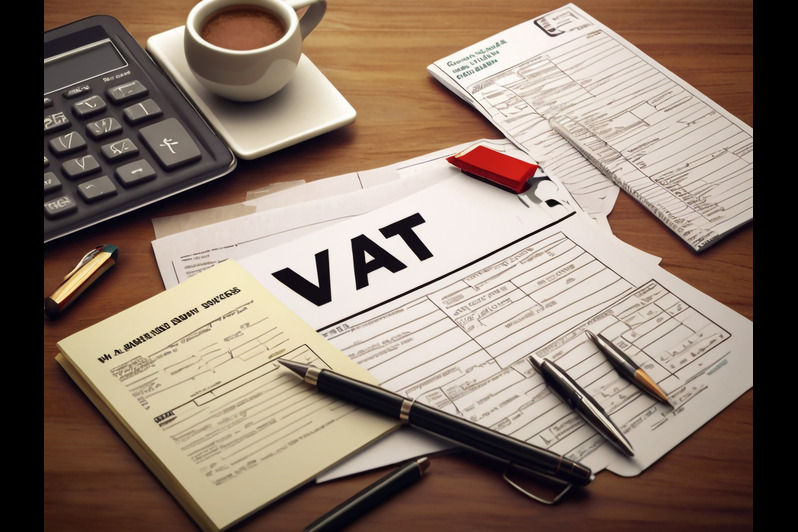It remains vital for charities operating in the UAE to competently manage the process of VAT recovery in a manner that would allow them to direct as much funds as possible towards their charitable objectives. VAT recovery for charities therefore has specific rules with respect to the distinction between what is and is not taxable. The following article is intended to provide a concise and clear VAT recovery guide for UAE charities, for both designated and non-designated charities.
VAT Recovery Rules for Charities
Some of the activities that these charities undertake may be taxable while others are non-taxable. VAT charged in relation to tangible and certain services which are regarded as taxable supplies can in general be recovered while VAT incurred in relation to exempt supplies or other nonbusiness activities cannot. Designated charities can make use of special refund rules to recover VAT under some circumstances. This means that in cases where a charity undertakes both a taxable and a non-taxable activity, it will need to correctly split the VAT between the two.
Step-by-step VAT recovery for charities
VAT Recovery by Non-Designated Charities
Non-designated charities are required to apply the general recovery rules of VAT and therefore do not have an automatic right to recover VAT unless the expenditure is associated with a taxable supply. It is important to note that VAT charged on non-taxable supplies or exempt supplies cannot be recovered.
Step 1: Direct Attribution
For each tax period, input tax which is creditable against a specific supply must be identified with the supply. This is known as direct attribution and depending on whether the supply is taxable or exempt, the VAT may be recovered or blocked.
Example: It is noteworthy that VAT on legal fees of establishing a center to offer free services cannot be recovered because they are not taxable. On the other hand, VAT on goods acquired for resale for the purposes of raising funds is recoverable since the sales made are of taxable supplies.
Step 2: Allocation of Residual Input Tax
Any input tax that cannot be directly identified must be allocated by means of an acceptable manner to arrive at the recoverable amount of the input tax.
- Determine the Recovery Ratio: Formula: (Input tax arising from taxable supplies) / (Input tax arising from taxable as well as non-taxable supplies).
- Apply the Recovery Ratio: To arrive at the recoverable amount, one has to multiply the recovery ratio with the residual input tax.
- Annual Adjustment: There would be an annual reconciliation at the end of the tax year to ensure that the recoverable input tax correspond to the operations of the charitable organization throughout the year.
VAT Recovery by Designated Charities
Most designated charities have the normal VAT recovery rules that enable them to recover VAT on expenses, although the expenses must not be associated with the supply of an exempt good and must not be excluded/ blocked for recovery.
Step 1: Direct Attribution
Table: direct attribution of input tax for designated charities
| Type of Supply/Activity | Input Tax Treatment | Recovery Allowed |
|---|---|---|
| Taxable supplies (T) | Input tax wholly attributable | Yes, in full |
| Exempt supplies (E) | Input tax wholly attributable | No |
| Non-taxable supplies/activities (C) | Input tax attributable | Yes, in full due to special VAT recovery scheme |
Step 2: Allocation of Residual Input Tax
When it comes to residual input tax, the following formula is used:
- Determine the Recovery Ratio: Formula: (T + C) / (T + C + E).
- Apply the Recovery Ratio: To get the recoverable portion, simply multiply the recovery ratio with the residual input tax.
- Annual Adjustment: An annual review needs to be done at the end of the tax year and should be in proportion with the activities of the charity.
FAQs
How Can Charities Recover VAT in the UAE?
A designated charity may lawfully recover all of VAT by attributing it to taxable sales directly and apportioning remaining VAT by applying the designated rules, while a non-designated charity is allowed to use standard rules for direct attribution of taxation to sales and use apportionment for any residual VAT that may be recovered.
What Are the Steps Involved in VAT Recovery for Charities?
Direct allocation of input VAT to particular type of supplies and subsequently, allocation of the remaining amount to recoverable and non-recoverable portion based on supply value. Annual adjustment is also mandatory.
Are There Specific VAT Recovery Rules for Designated Charities in the UAE?
Yes, the designated charities do have a special mechanism to recover the VAT expenses relating to the non-taxable activities subjected to the VAT if it is not blocked.
How Can Charities Ensure Successful VAT Recovery?
For effective VAT recovery, the following measures are important which includes, accurate record keeping, identifying and applying the right apportionment techniques, meeting the legal requirements, and carrying out annual reconciliation.
Conclusion
In conclusion, for VAT recovery for charities in the UAE, they must be fully aware of the rules governing the process and the strategy that will be adopted. Hence, charities need to adhere to the steps to recover VAT for charities as outlined above in order to recover their VAT and stay within the legal requirements of the UAE tax system and tax consultant dubai.
